10 Disadvantages Of Softwood That You Need To Know
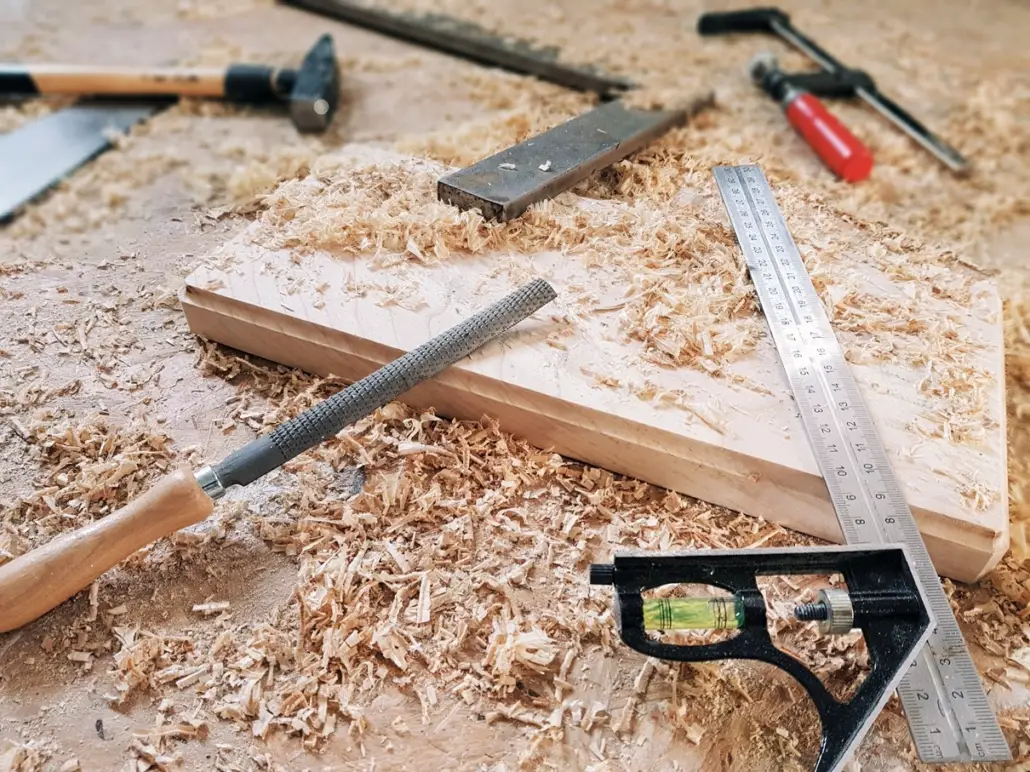
Whether you are planning to build a new deck for your home, installing new flooring or thinking about which wood would make the best candidate for your latest woodworking project, you probably have some questions about softwood and how it compares to hardwood.
You probably already know that hardwood is the ideal choice for longevity. So why would anyone even consider softwood? Well you would be surprised at how much softwood has carved a permanent niche in modern society – no pun intended.
Softwood is chosen for a wide array of projects because it is lighter and easier to work with. It doesn’t have pores and uses medullary rays to channel water and produce sap. The medullary rays make the wood less dense and generally softer.
It also means that softwood is cheaper. Softwoods are often used in commercial and home construction projects. It’s a sustainable type of wood as well so using it is actually better for the environment.
At this point you may have switched camps and are asking yourself why anyone would use anything other than softwood. But before you go out and buy cords and cords of softwood, check out the 10 disadvantages of softwood you need to know about.
The 10 Major Disadvantages of Softwood
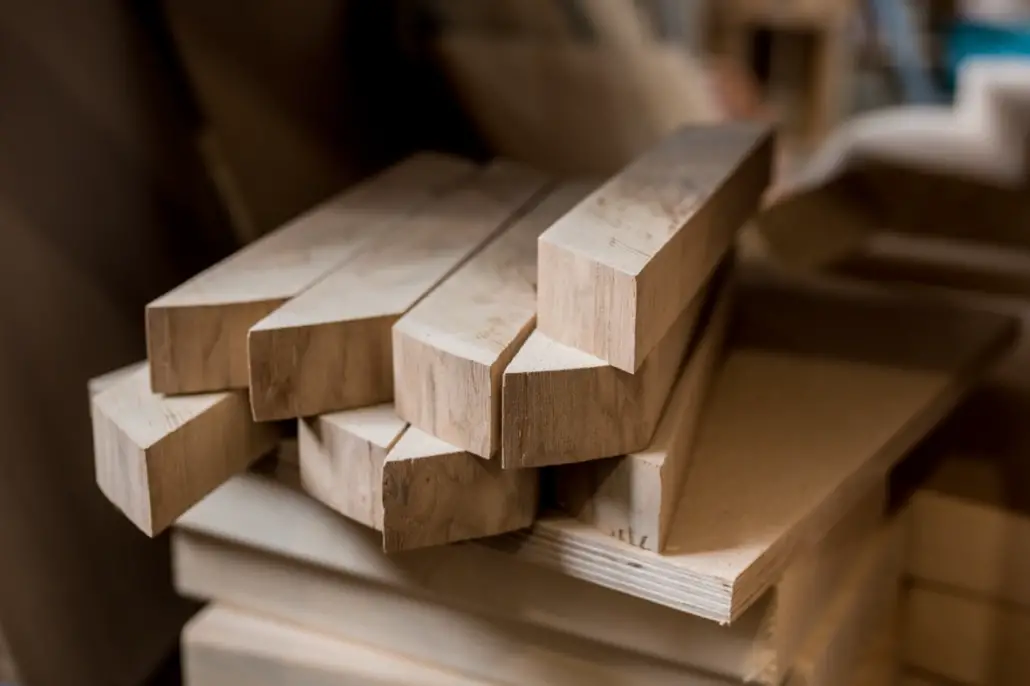
1. Low Density
While there are some species of softwood like Juniper and Yew that offer above-average density for a softwood, in general softwood is significantly less dense than hardwood.
This means lower durability and strength – making it unsuitable for certain woodworking and construction projects.
2. Less Durable
The low density of the wood and the way by which it channels water to produce sap make it generally less durable.
Softwood is not the ideal choice for some applications. For example, flooring that will see a lot of foot traffic would be better if it was made out of some species of hardwood as opposed to softwood.
3. Longevity Issues
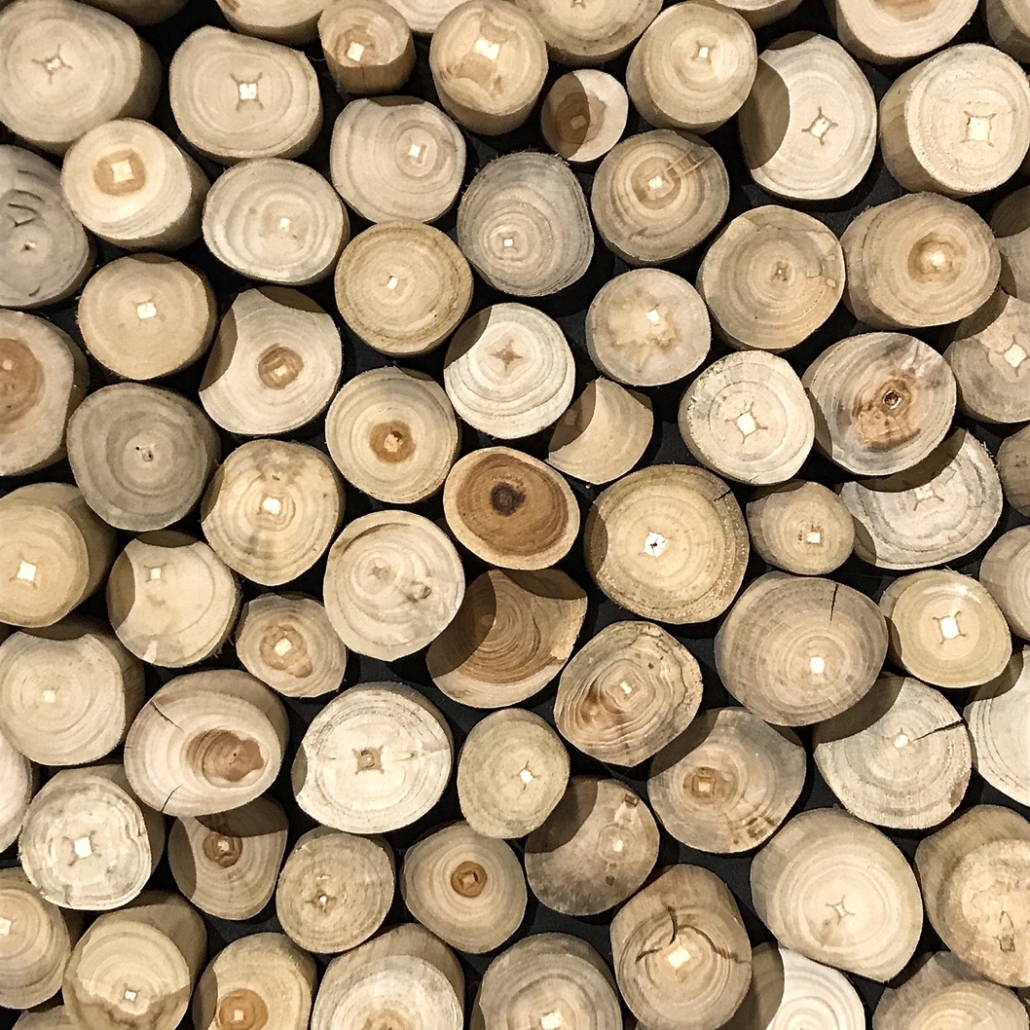
Because of the two characteristics we have listed in points 1 and 2, you can expect a shorter lifespan out of softwood compared to hardwood.
While the specific application will have a lot to do with how long you can expect softwood to hold up, in general you can expect a longer lifespan out of hardwood.
4. Less Fire Resistant
Before you use softwood for anything, be aware that they do not offer good fire resistance.
Softwoods should not be used in construction projects where fire is a hazard. While these types of wood can be treated to be more fire resistant, they are naturally more susceptible to fire and may actually cause a hazard.
5. Weaker Than Hardwood
Softwood is generally weaker than hardwood in terms of both tensile and sheer strength.
For most species of softwood trees, it takes fewer years to reach maturity which is why they grow less dense than hardwood trees that could take several decades to reach maturity. For most applications, softwood will be the weaker choice when compared to hardwood.
6. It Produces a Sticky Sap

While this is rarely an issue once the product is finished, for those working with softwood it could be an annoying problem.
Softwood produces a very sticky sap that can make it difficult to work with.
7. Softwood Flooring Shows Signs of Wear
We know what you’re thinking, “all types of flooring shows wear with time.” And that’s certainly true.
But softwood flooring will show scratches and dents quicker than other types of wood. Again, foot traffic will have a lot to do with it but generally, softwood shows signs of wear quicker than other woods.
8. You Have to Be Careful About Finishing
Because softwood is naturally less dense than hardwood, you have to be very meticulous when applying a finish to it.
It will often need more coats than other types of woods. While it is not porous, the internal water channels are larger than pores so more care has to go into sealing up the surface.
9. Lower Quality Softwood Contains More Knots
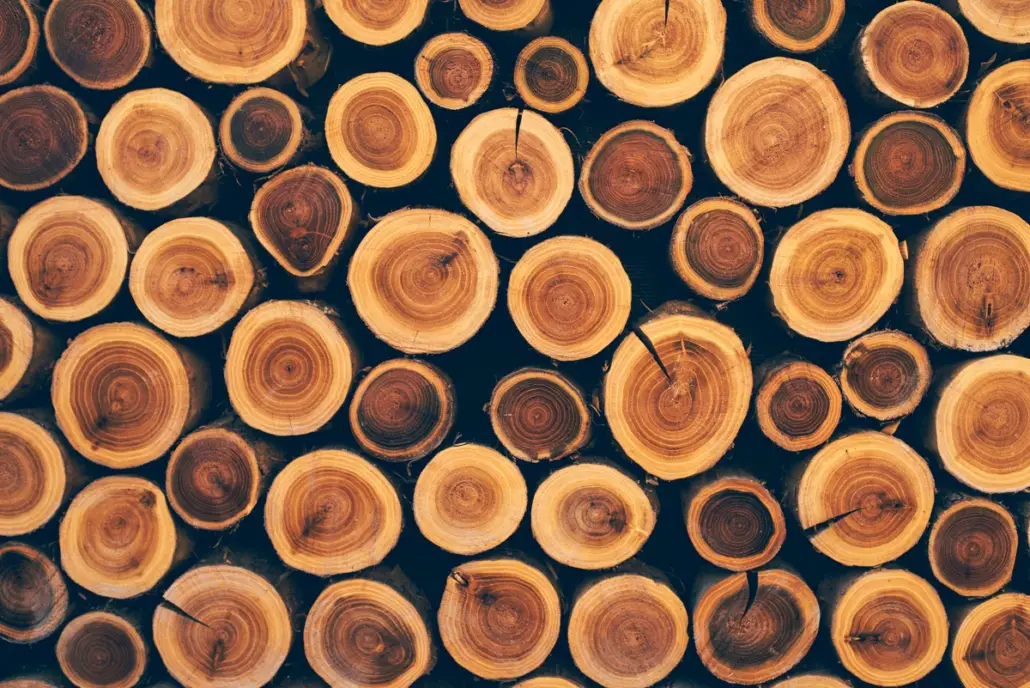
There are many different species of softwood. Some of the lower quality softwoods will actually have more knots.
This makes them more difficult to cut and work with. It may also generate more waste material if you are not experienced in cutting wood with a lot of knots. Knots may also affect the final look of the product.
10. Needs To Be Regularly Maintained
Last but not least, nearly any product made from softwood needs to maintained more carefully than hardwood.
For decking, you may need to re-finish and re-coat more often if yours is made of softwood. Softwood floors may have to be re-sealed more often than other flooring materials as well.
Examples of Softwood Types
There are 5 main species of softwood used in modern construction and woodworking with various sub-species. The 5 main species include:
- Pine
- Larch
- Douglas Fir
- Redwood
- Cedar
What Are The Main Uses Of Softwood?
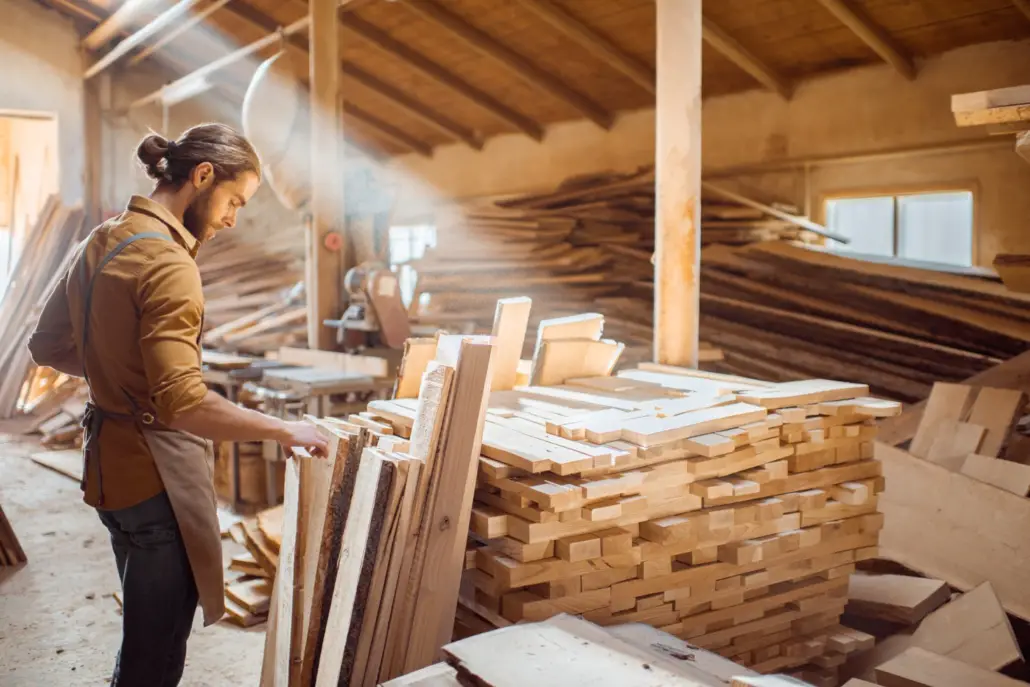
Despite the inherent disadvantages we already covered, softwood is still used for many things. For example, it is not uncommon to see softwood used for things like framing, sheathing, molding, doors, windows, roofing, ceilings and even flooring when it has been treated properly.
How To Finish Softwood Effectively So It Lasts?
While not the most naturally durable type of wood, it can be finished in such a way that will extend it’s lifespan. Here are some tips:
- Use at least a 220 grit sandpaper during sanding
- Wipe your project with mineral spirits
- Flood the surface with shellac-based finished and wipe it off
- Fill any holes or cracks with wood filler putty
- Apply 2 coats or more of a polyurethane wipe-on product
- Apply paste wax after the polyurethane wipe-on product has dried for at least 2 days
Tips for Working With Softwood
Working with softwood requires some careful consideration and preparation. For example, since softwood is well, soft, you need to make sure that your saw blades are sharp. When you use dull blades on softwood, you risk breaking the wood.
When working with pine, it’s also a good idea to cure it before you start cutting. That’s because the pine tar can easily pitch your blades. You should also let softwood cure and dry as much as possible.
What Are The Advantages Of Softwood?
It’s not all bad news and hard work with softwood. Check out some of the main advantages it offers:
- Softwood is affordable
- It’s light so it’s easier to haul up on roofs and above-ground surfaces
- Softwood trees grow quickly so it’s more sustainable
- Softwood can be used for a wide variety of projects
Softwood FAQ’s
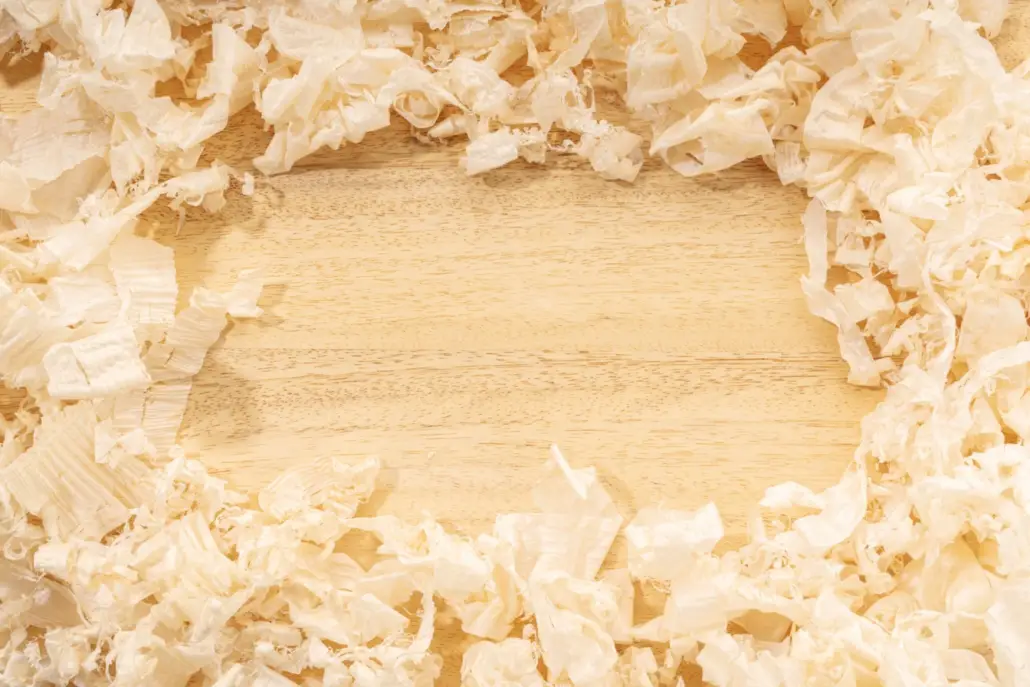
Q: What are the characteristics of softwood?
Softwood is marked by it’s smooth texture and light weight.
Q: Which softwood is the strongest?
Some of the hardest softwood species include Yew, Juniper, Yellow Pine and Aromatic Red Cedar.
Q: Where do softwoods grow?
For the most part, the main sources of the world’s softwood lumber comes from countries lying in the Northern hemisphere. Countries like Russia, Scandinavia, China and North America are some of the largest producers of softwood timber in the world.
Q: Do softwood shed their leaves?
Softwood trees generally do not shed their leaves. The lumber usually comes from evergreen trees like pine. These kinds of trees don’t normally shed leaves in the fall or winter nor do they become dormant in these seasons.
Q: How fast do softwood trees grow?
Softwood trees grow to maturity faster than hardwood trees. On average, it takes a softwood tree 40 years to grow to maturity (the age at which it can be responsibly harvested and produce reliable timber).
Q: Do softwood trees bear fruit?
Softwood trees are gymnoperms which among other things, means that they produce seeds with no covering. This is of note because trees that produce covering for their seeds are the ones that bear fruit. For example, apple seeds are covered by the apple fruit. So softwood trees do not bear fruit.
Q: 5 Facts About Softwood
Some basic facts to know about softwoods is that they come from conifer trees. Softwoods also make up about 80% of the lumber produced in the world. Softwood trees are considered evergreen trees. Softwood is usually lighter and less dense than hardwood. Lastly, softwood trees do not produce any fruit.
Some Parting Words
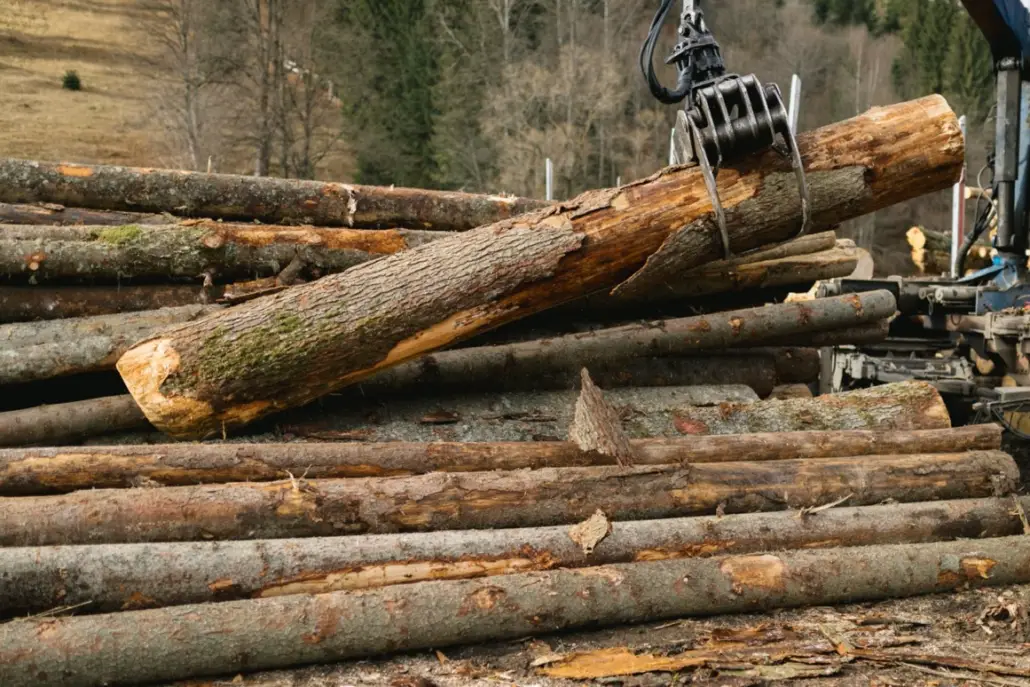
We hope you have found our guide on softwood insightful. While the 10 disadvantages we have outlined are certainly important to consider, you should also know that softwood is actually ideal for certain woodworking projects.
It may be an especially attractive choice if you are concerned about the timber industry’s effect on the environment. In recent years, the price for lumber has increased significantly as well. So softwood may actually be the most viable option for your next project. Just be aware of the pros, the cons and be prepared to work around it’s shortcomings.


